We used to think the biggest risk from animals was getting your sandwich stolen by a seagull. But welcome to 2025, where diseases are jumping from animals to humans with the speed of a viral TikTok—and mutating just fast enough to keep scientists sweating. Some of these illnesses are brand new to humans. Others are old classics making uncomfortable comebacks with a twist (looking at you, avian flu). Thanks to climate change, deforestation, global travel, and our unrelenting need to pet things we probably shouldn’t, zoonotic diseases are getting creative.
So while we’re still blaming bats and pangolins for everything, it turns out goats, deer, rodents, and even our beloved pets are playing a role, too. Here are five animal-borne diseases that are showing up in new ways, new places, or new hosts—and why you might want to rethink sharing snacks with the backyard squirrel.
1. Avian Flu Isn’t Just For Birds Anymore

Bird flu has been flapping around since the early 2000s, but lately it’s taken a dark evolutionary turn. In 2024, H5N1 made headlines for spreading beyond poultry and into mammals—like foxes, seals, and even domestic cats. The virus didn’t stop there. According to PBS, infected cats in Poland died from respiratory distress after eating raw poultry, suggesting bird flu might now be adapting to non-avian species.
The CDC has since warned pet owners against feeding uncooked meat to cats, especially in areas with known avian flu outbreaks. What’s even more unsettling? There have been rare human cases linked to this mutated strain—mostly among people working closely with infected animals. Experts fear these cross-species infections could eventually lead to more human transmission. The virus is evolving in ways that scientists didn’t expect (read: it’s giving horror movie energy). So no, your cat probably won’t start sneezing viral clouds tomorrow—but maybe don’t let them snack on dead pigeons, just in case. It’s not just a bird thing anymore.
2. Deer Are Spreading a Parasite That’s Grossly Good at Surviving
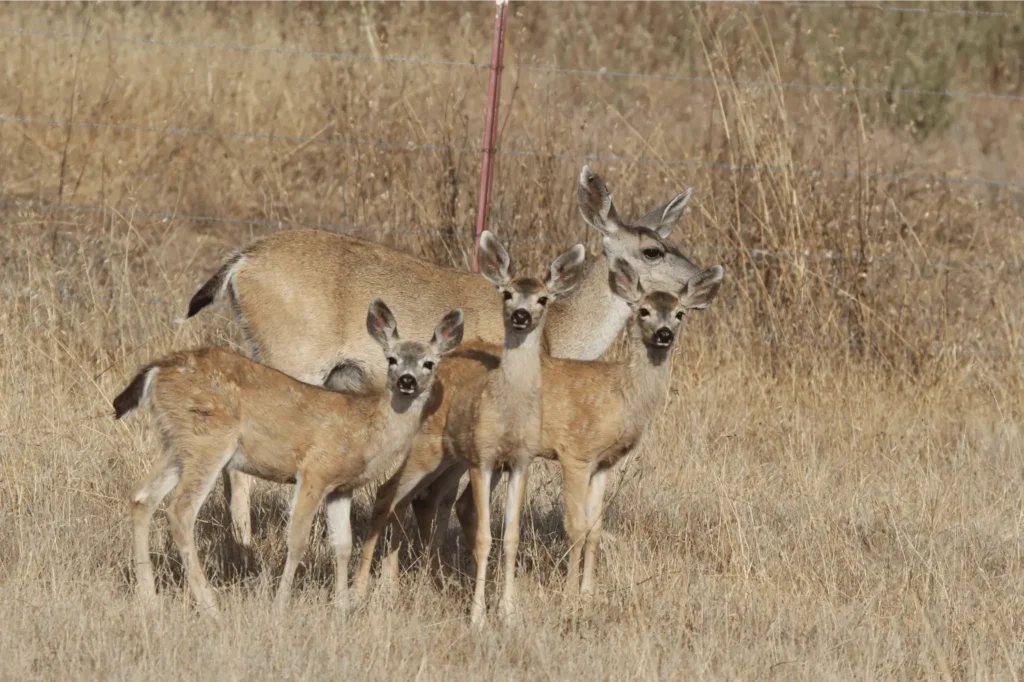
If you thought Bambi was harmless, think again. A parasite known as Babesia microti is making waves in the northeastern U.S., and it’s spread by ticks that often feed on deer. It causes babesiosis—a malaria-like illness that attacks red blood cells and can lead to fevers, chills, and potentially life-threatening complications, especially in older adults. While this used to be a rare tick-borne disease, cases have tripled in the past decade.
According to NPR, warmer winters and expanding deer populations have helped ticks—and their pathogens—flourish in areas where they weren’t a major problem before. Think: Connecticut, New York, and even parts of Maine. Unlike Lyme disease, babesiosis can be asymptomatic, making it harder to track and diagnose. But it’s spreading through blood donations, too, which is raising public health eyebrows. Bonus horror points: the parasite can survive in refrigerated blood. So yeah, ticks are officially that ex who just won’t go away—and now they’re dragging deer into the mess. Time to double-check those long hikes and invest in some serious bug spray.
3. Leptospirosis Is Crawling Out of the Sewers
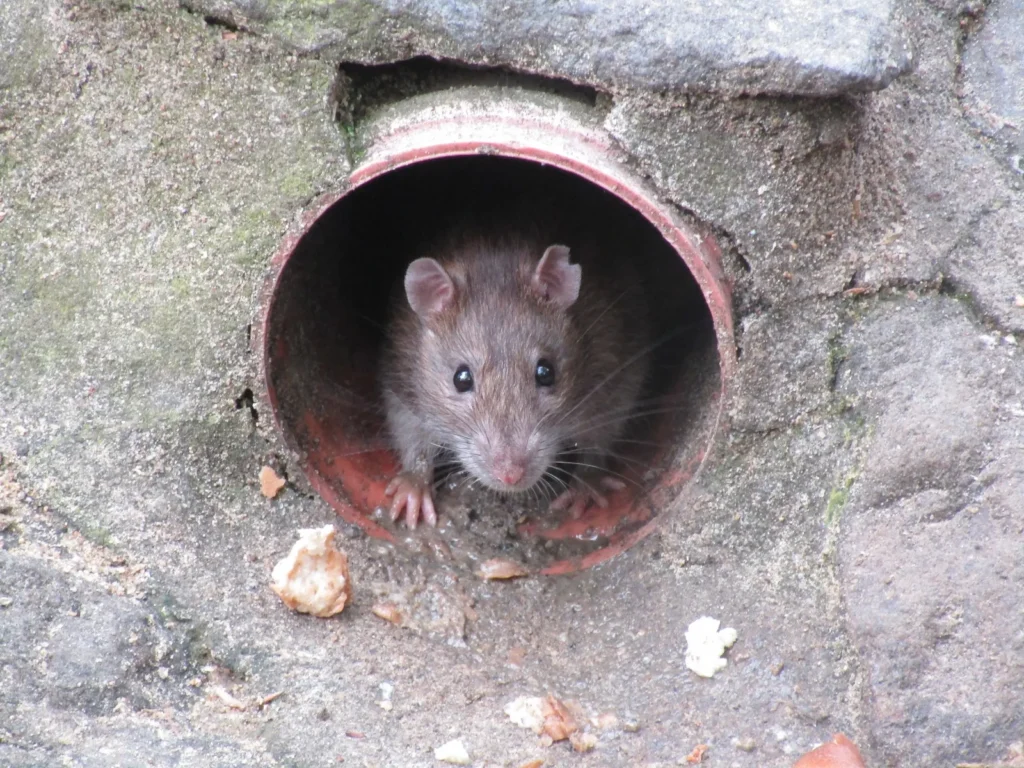
Leptospirosis sounds like the name of a death metal band, but it’s actually a bacterial disease spread by rodent pee. Charming, right? It used to be considered rare in urban areas, but thanks to warmer temperatures and more extreme flooding, it’s now showing up in cities across the U.S. in increasing numbers. The bacteria can survive in standing water, making post-storm puddles and flooded basements ground zero for infection.
Per Bloomberg, outbreaks have been reported in places like New York and Chicago, where booming rat populations meet decaying infrastructure. Symptoms include fever, vomiting, liver failure, and—in worst cases—death. The disease also affects pets, meaning Fido could become a furry, tail-wagging vector. What’s really wild is that it’s hitting people who’ve never even traveled outside their city. You can literally get it from splashing through a dirty puddle. So yes, that rat scurrying past your bodega might be doing more than just ruining your night. It might be peeing out your next medical mystery.
4. Monkeypox Came Back—and It’s Not Just From Monkeys
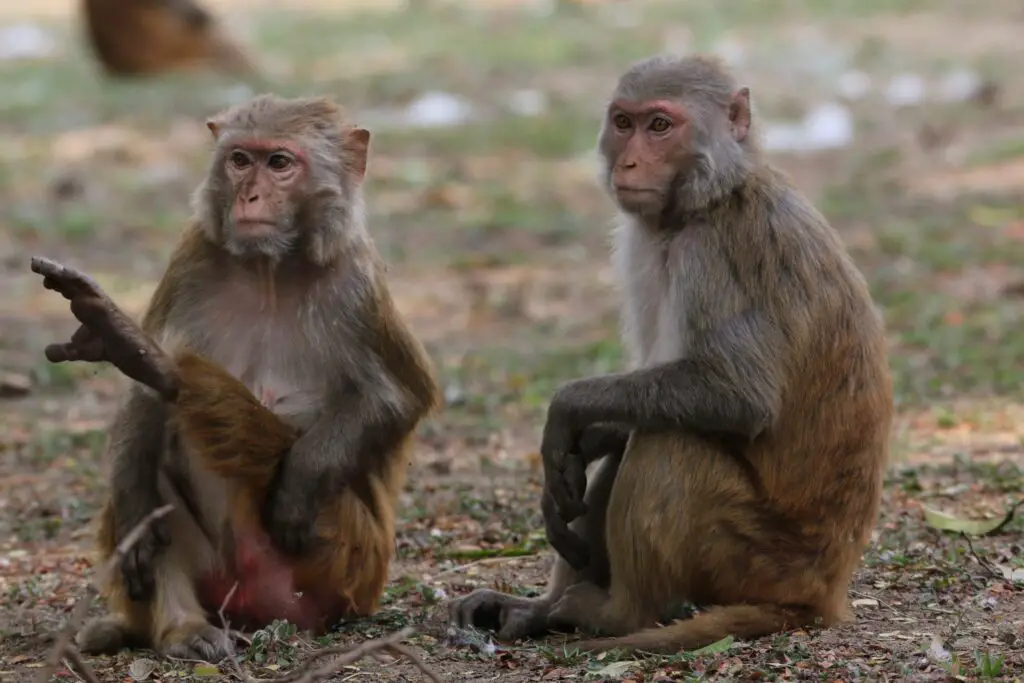
Monkeypox used to be the rare zoonotic cousin of smallpox, mostly limited to remote villages in Central and West Africa. Then it showed up in major cities in 2022 and 2023—and refused to leave quietly. Unlike earlier outbreaks, this wave spread largely through human-to-human contact, with symptoms ranging from skin lesions to high fevers. And while it’s called monkeypox, the virus is believed to originate from rodents, not primates.
The Washington Post noted that this resurgence caught global health officials off guard because the transmission path had changed significantly. The virus is now classified as “mpox” by the World Health Organization to reduce stigma—but it’s no less contagious. Even vaccinated individuals aren’t fully immune, and immunity from smallpox vaccines may be fading. The bigger concern? The virus is proving that once-obscure zoonotic diseases can adapt to global travel and urban environments in record time. So while you might not be cuddling exotic pets, your risk isn’t zero. Wash your hands, skip the mystery rashes, and maybe pause before petting that imported ferret.
5. Rabies Is Mutating in Bats and Creeping Closer
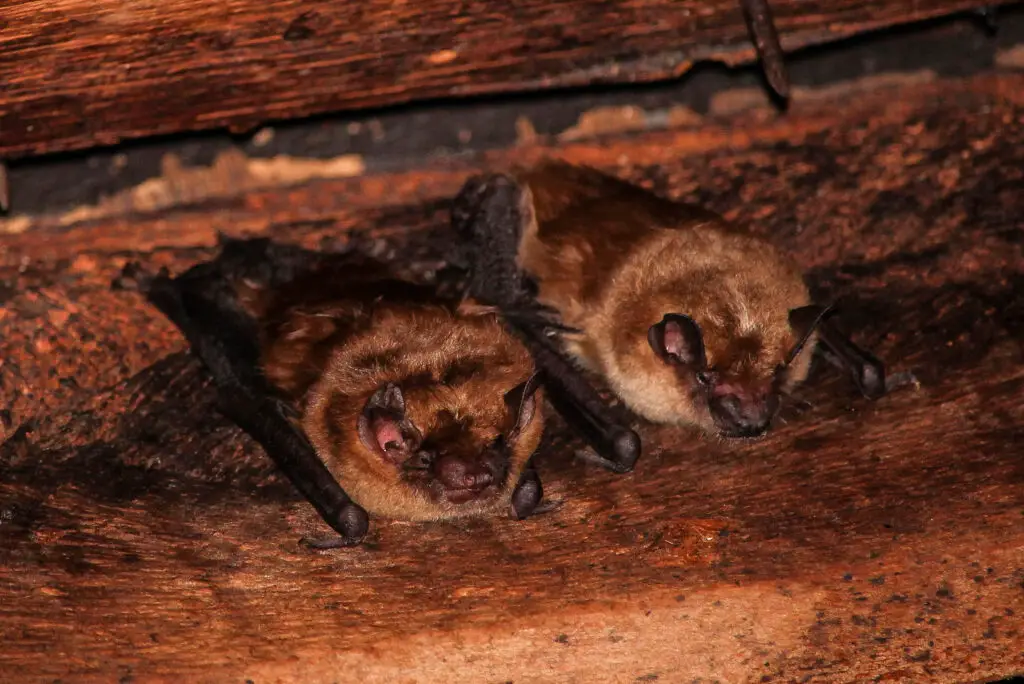
Rabies has long been a known threat—especially in rural areas where unvaccinated pets can come into contact with wildlife. But in recent years, researchers have been tracking changes in rabies strains found in bats, particularly in North and Central America. These aren’t your old-school “bite-foaming at the mouth” cases—some of the newer variants can infect humans with far subtler symptoms at first, delaying treatment. That’s the real danger.
STAT News reported on a handful of recent fatal cases in the U.S. where patients had no known bite, just possible contact with a bat—and symptoms didn’t appear until it was too late. Since post-exposure treatment is nearly 100% effective, the real issue is missing the exposure in the first place. And bats? They’re everywhere, especially in suburban attics and barns. Warmer nights and shrinking habitats are pushing them into closer contact with humans. So no, you don’t need to panic every time you see one fly by—but you should stop trying to rescue them barehanded. Rabies is still incurable once symptoms start. And this new version isn’t sending a memo in advance.
6. Toxoplasmosis Is Now a Mind Game
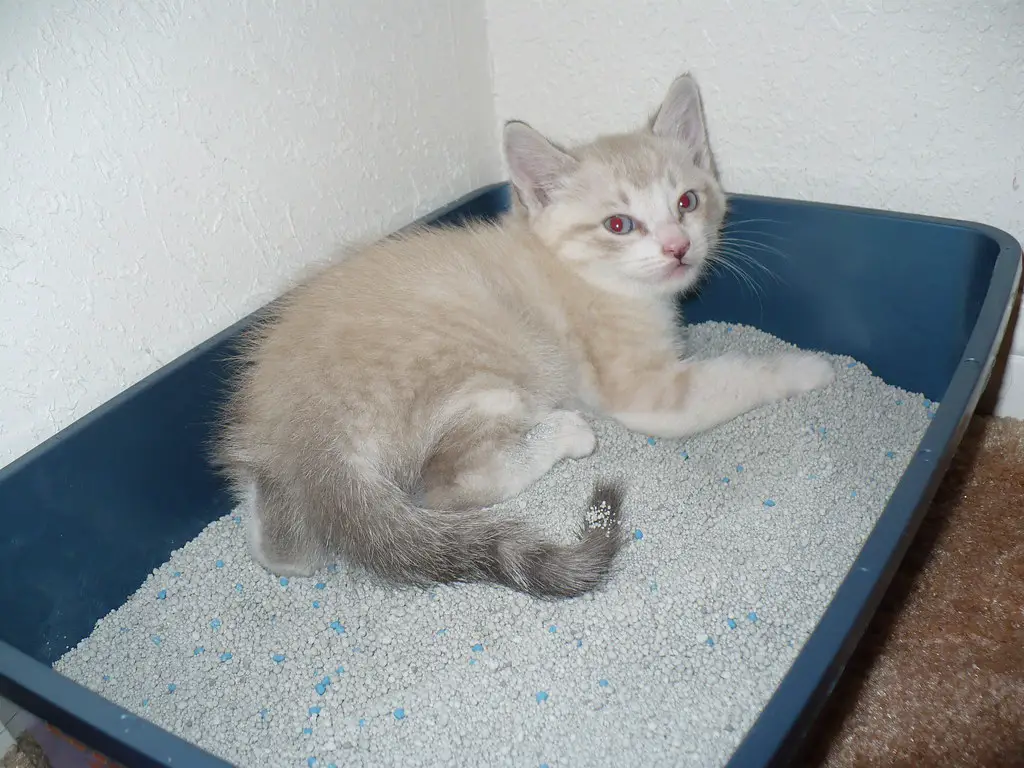
Toxoplasmosis has always been the weird cat parasite you could pick up from scooping the litter box or eating undercooked meat. But recently, it’s gotten way more interesting—and a little unsettling. New studies suggest it doesn’t just infect your body… it might subtly mess with your brain. People infected with Toxoplasma gondii have shown changes in risk-taking behavior, slowed reaction times, and even possible links to mental health conditions.
It’s like the parasite is playing puppeteer with your decision-making. Researchers believe it evolved this way to manipulate rodents into taking more risks, making them easier prey for cats—its ideal host. But when it lands in humans? It doesn’t go full sci-fi zombie mode, but it may nudge your personality in weird ways. Think less “alien takeover,” more “impulsive weekend decisions you can’t explain.” With up to a third of the world’s population carrying it silently, it’s the parasite you probably have—and don’t even know it. It doesn’t make you love cats more, but it might just make you do things that raise eyebrows. So maybe wear gloves next time you clean the litter box. Just saying.
7. Hendra Virus Just Got Scarier

Hendra virus used to be a rare concern—something that popped up in Australia now and then, mostly between horses and bats. But recently, scientists found new variants spreading beyond their usual range, and they’re worried. The virus can pass from flying foxes (giant fruit bats) to horses, and then to humans. And when it hits humans? The fatality rate is terrifyingly high.
It causes flu-like symptoms that quickly escalate to pneumonia, encephalitis, and often, death. The scary twist? It’s evolving in ways that might make transmission easier, possibly even skipping the horse middleman. Bats are increasingly moving into urban areas due to habitat loss, which means more cross-species exposure. There’s a vaccine for horses—but not for people. And so far, human cases have only occurred after close contact with sick animals. Still, the potential for this one to spill over bigger and bolder is real. If you’re around horses or bats? Maybe skip the cuddle session.
8. Hantavirus Isn’t Just a Wilderness Problem Anymore
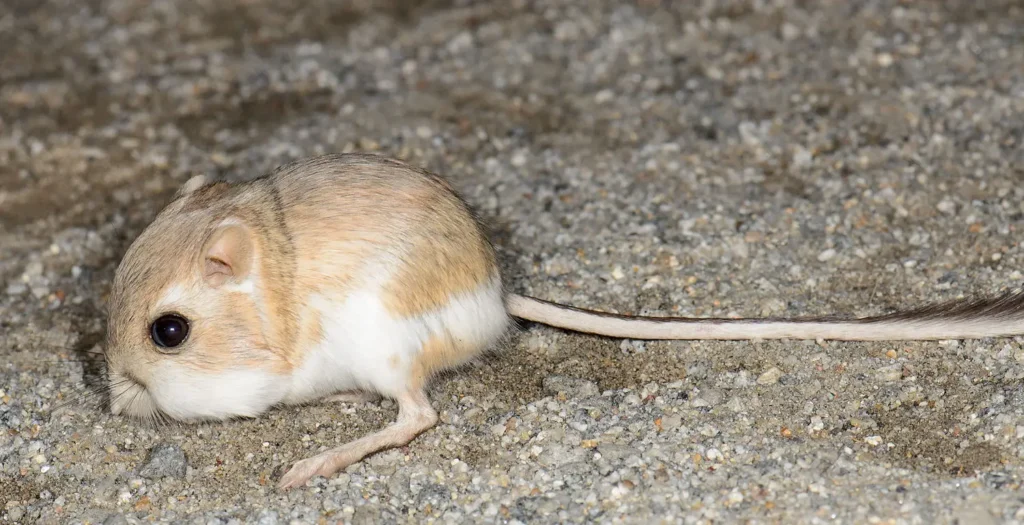
Hantavirus used to be a “hiker’s beware” situation—caught by inhaling dust contaminated by rodent droppings, mostly in remote areas. But surprise! Rodents love cities too, and now urban outbreaks are becoming a thing. You can catch it by simply sweeping a garage or opening an old shed where infected mice have been chilling.
The symptoms start flu-like, but can rapidly turn into severe respiratory distress—and there’s no specific treatment. The virus is spreading thanks to expanding mouse populations and poor sanitation in crowded areas. And unlike COVID or the flu, hantavirus has a pretty high fatality rate. What’s worse? It’s hard to diagnose early, because the symptoms are so generic at first. This means people often wait too long to get help. If you’re living in an older home or spending time in places with potential rodent traffic, mask up and clean with caution. A broom and a mouse nest shouldn’t be a death trap—but these days, it kind of is.
9. Brucellosis Is Back—and It’s Not Just a Farm Thing

Brucellosis sounds like one of those livestock diseases you’d only hear about in a veterinarian’s textbook. But in 2025, it’s staging a sneaky comeback in the human population—especially among people working with raw dairy products or exotic pets. The bacteria behind it, Brucella, can cause fever, fatigue, joint pain, and chronic illness that lingers for months. And here’s the kicker: it’s been detected in unpasteurized milk sold at trendy farmer’s markets and online.
What used to be a risk limited to ranch hands is now showing up in urban foodies. Some people have even gotten it from handling infected dogs or ferrets. And once it sets up shop in your system, it’s tough to kick without a long antibiotic haul. The chronic fatigue and pain can mimic other illnesses, leading to misdiagnoses. Basically, it’s like the flu’s grumpy uncle that never leaves. So if you’re a raw milk stan or you’re rescuing exotic animals on the weekend—be aware. That “organic and unfiltered” label might come with a bacterial side of regret.
10. Alaskapox Sounds Fake but It’s Very Real
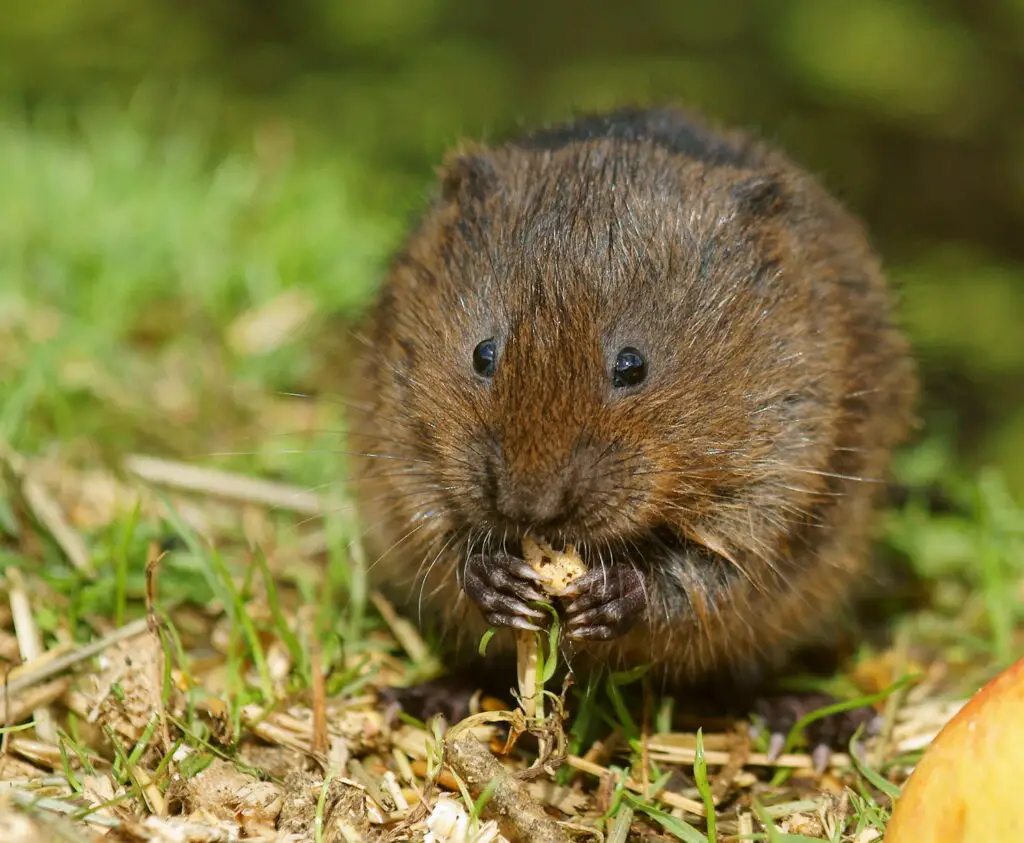
First detected in a woman in Fairbanks, Alaskapox is a newly emerging virus that causes painful skin lesions, swollen lymph nodes, and fever. At first, it sounded like a one-off oddity. But then a few more cases popped up, and one fatality in 2024 sent alarms through the medical community. The suspected vector? Small mammals—like voles and shrews—common in rural and suburban Alaska.
What makes this virus weird (besides the name) is that it seems mild in most people… until it isn’t. One man died after it spread rapidly in his bloodstream, a severe reaction believed to be tied to immune compromise. There’s still no clear idea how the virus is transmitted—direct contact? a scratch? inhalation?—but the fact that it’s new and poorly understood makes it unsettling. It’s related to orthopoxviruses like smallpox and monkeypox, so it’s not exactly an innocent cousin. For now, health officials are urging caution with wildlife and watching for further spread. And the rest of us? Just trying to get used to the fact that Alaskapox is a thing.
11. Tick-Borne Encephalitis Is on the Move

Tick-borne encephalitis (TBE) has long been a European problem—mostly in countries like Germany, Austria, and Russia. But now it’s moving north and west, spreading thanks to warmer winters and more active ticks. Even the UK, previously TBE-free, has reported cases. And this isn’t your average tick illness. It affects the brain and spinal cord, leading to meningitis, paralysis, or long-term neurological damage.
TBE often starts with mild flu symptoms, then goes silent for a few days before coming back with a neurological punch. There’s a vaccine—but only in certain countries, and most travelers don’t think to get it. Now that it’s spreading across forests and farmland with increased deer and rodent hosts, even casual hikers are at risk. You don’t have to go full wilderness explorer to catch it—just a countryside picnic might do the trick. And unlike Lyme disease, antibiotics won’t help. If ticks are the new mosquitos, TBE is their worst party trick.
12. Q Fever Is Quietly Climbing

Q fever doesn’t get much press, but it’s silently racking up cases in people who work with animals—especially sheep, goats, and cattle. Caused by the bacteria Coxiella burnetii, it spreads through particles in animal birth fluids, urine, and feces. You can get it just by breathing the dust where those animals have been. Think “barn air, but make it biohazard.”
Symptoms include high fever, fatigue, and pneumonia, and for some unlucky folks, it morphs into chronic Q fever, which can cause serious heart problems. The reason it’s spreading more? Industrial farms, climate shifts, and better detection tools. Also, more hobby farmers are raising goats and sheep without realizing the risks. You don’t have to be elbow-deep in a calving stall to get it, either. The bacteria can travel through the air up to a mile. So yeah… goat yoga just got slightly less relaxing.
13. Rift Valley Fever Could Be Coming for New Climates

Rift Valley fever is mostly an African disease—transmitted by and affecting livestock and people. But climate change is pushing its range into new territories, and scientists are watching closely. The virus causes fever, liver inflammation, and in severe cases, eye damage or brain swelling. There’s no human vaccine, and once it jumps into a new mosquito population? It can spread fast.
What makes RVF especially sneaky is its dual transmission: mosquitoes and direct contact with infected animal fluids. That means even without a bug bite, a farmer or butcher could catch it. As global temperatures rise and water patterns shift, new mosquito habitats are popping up in places where the virus could thrive. If it establishes a foothold outside Africa, it could become the next West Nile or Zika. It hasn’t happened yet—but the warning signs are flashing. Another reminder that when nature shifts, diseases hitch a ride. And sometimes, they arrive early.

